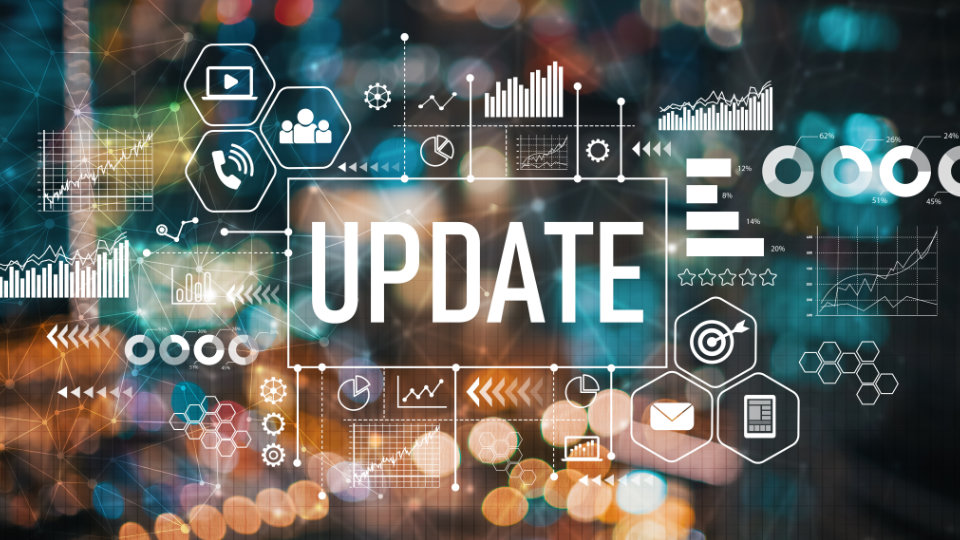We pay a premium for bank-level data security – including security of user data – for our Title IX Lawsuits Database, for two reasons. One, we want the best protection for our users, many of whom (as you can imagine) are dealing with sensitive experiences. Two, in a data-driven age an organization cannot make compromises with data security if it wants to be around for a while.
Our databases have always incorporated SHA-256 and AES-256 encryption, the same used by banking institutions. Encryption ensures that data (which is stored in a cloud) looks like gibberish to all but the end user – you. Multiple online and offline backup servers – encrypted, firewalled, and reviewed regularly for functionality – ensure that critical data is never lost.
We had a great relaunch on 11/29. Many signed up within the first two weeks. Making sure to not get too far ahead of ourselves, we took virtually all the money we received beyond operating costs in December and reinvested it into additional data security measures. This is also why after mid-December it was no longer possible to inspect even limited database code by right-clicking on the web browser and selecting “View Page Source” or “Inspect,” which can be done when viewing most other URLs/websites.
Data security is one of those things that are usually only on one’s radar when it is an issue. We haven’t had any security issues, and we’ve overcompensated to make sure we don’t. Since data security is sometimes a bit of a two-way street, however, I’d also feel remiss if I didn’t at least give a brief Public Service Announcement encouraging database users to follow basic password protection protocols to prevent unauthorized access, such as:
- Reset passwords occasionally, making sure to not use a repeat of an earlier password. Users can reset their passwords at any time in their Account Settings page.
- Don’t use the same password for many different things.
- Favor using complex passwords – such as passwords containing numbers, letters, and $pec!al characters – over simple passwords.
- Don’t allow unauthorized or untrusted users to access your devices.
- Don’t leave written passwords in easily-discoverable places, let alone in plain view.
Thank You for Reading
If you like what you have read, feel free to sign up for our newsletter here:
About the Author
Related Posts
We pay a premium for bank-level data security – including security of user data – for our Title IX Lawsuits Database, for two reasons. One, we want the best protection for our users, many of whom (as you can imagine) are dealing with sensitive experiences. Two, in a data-driven age an organization cannot make compromises with data security if it wants to be around for a while.
Our databases have always incorporated SHA-256 and AES-256 encryption, the same used by banking institutions. Encryption ensures that data (which is stored in a cloud) looks like gibberish to all but the end user – you. Multiple online and offline backup servers – encrypted, firewalled, and reviewed regularly for functionality – ensure that critical data is never lost.
We had a great relaunch on 11/29. Many signed up within the first two weeks. Making sure to not get too far ahead of ourselves, we took virtually all the money we received beyond operating costs in December and reinvested it into additional data security measures. This is also why after mid-December it was no longer possible to inspect even limited database code by right-clicking on the web browser and selecting “View Page Source” or “Inspect,” which can be done when viewing most other URLs/websites.
Data security is one of those things that are usually only on one’s radar when it is an issue. We haven’t had any security issues, and we’ve overcompensated to make sure we don’t. Since data security is sometimes a bit of a two-way street, however, I’d also feel remiss if I didn’t at least give a brief Public Service Announcement encouraging database users to follow basic password protection protocols to prevent unauthorized access, such as:
- Reset passwords occasionally, making sure to not use a repeat of an earlier password. Users can reset their passwords at any time in their Account Settings page.
- Don’t use the same password for many different things.
- Favor using complex passwords – such as passwords containing numbers, letters, and $pec!al characters – over simple passwords.
- Don’t allow unauthorized or untrusted users to access your devices.
- Don’t leave written passwords in easily-discoverable places, let alone in plain view.
Thank You for Reading
If you like what you have read, feel free to sign up for our newsletter here:
About the Author
Related Posts
More from Title IX for All
Accused Students Database
Research due process and similar lawsuits by students accused of Title IX violations (sexual assault, harassment, dating violence, stalking, etc.) in higher education.
OCR Resolutions Database
Research resolved Title IX investigations of K-12 and postsecondary institutions by the Department of Education’s Office for Civil Rights (OCR).
Attorneys Directory
A basic directory for looking up Title IX attorneys, most of whom have represented parties in litigation by accused students.






